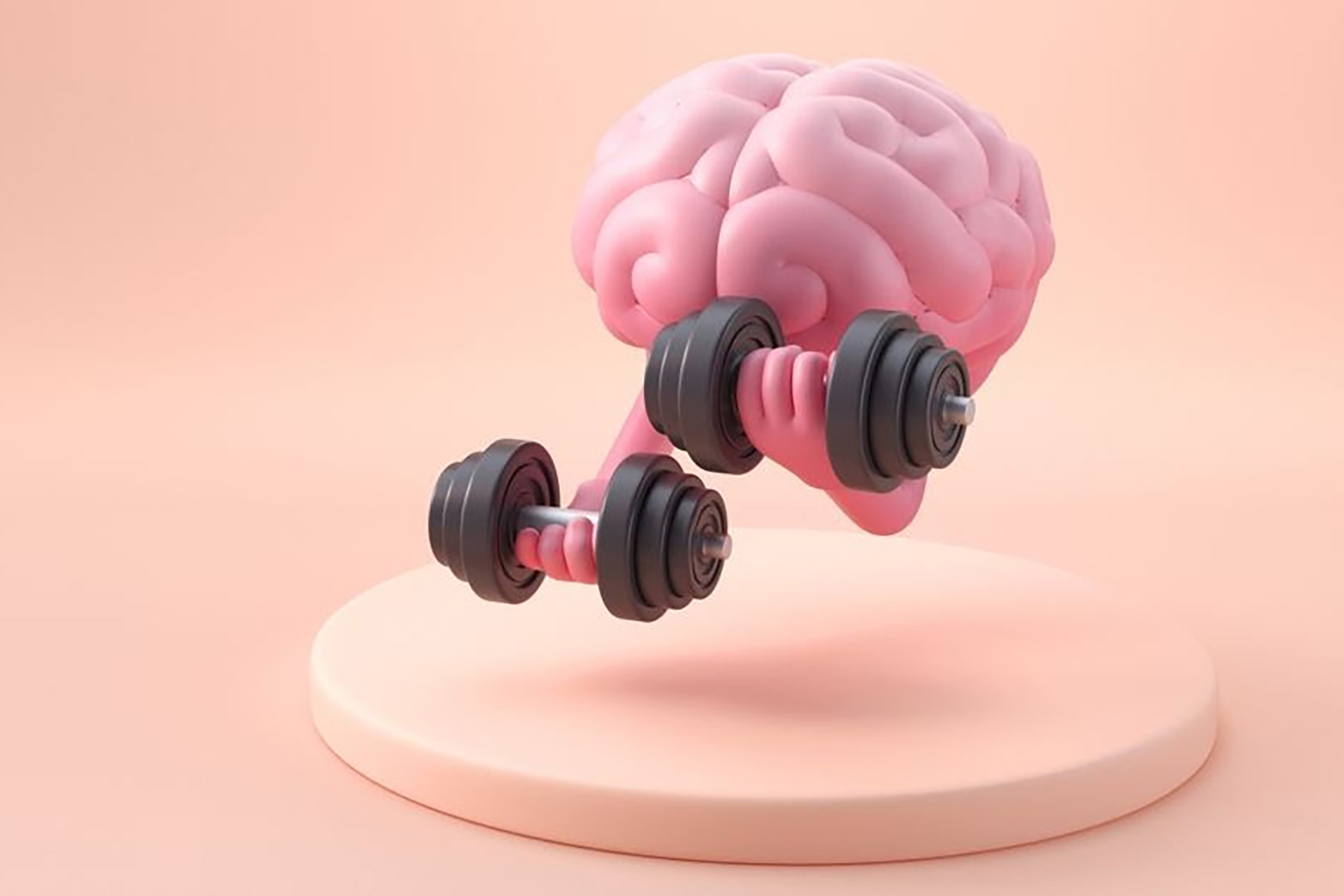Dear readers,
The most powerful medicine in your arsenal is something you’re doing right now, without even thinking about it. Something you’ve done roughly 20,000 times today already. Something that’s completely free, always accessible, and remarkably effective. I’m talking about your breath.
The Doctor’s Own Medicine
Before I dive into the science, let me share something personal. I’m a daily meditator and breathwork enthusiast—not just as a physician who recommends these practices, but as a human who relies on them. Some mornings you’ll find me sitting quietly, focusing solely on my breath for 20 minutes before I see my first patient. Other days, I’m doing targeted breathing exercises after work to reset my nervous system.
On the days I skip my breathing practice, my staff can tell the difference (though they’re too kind to mention it). When I’m consistent, I notice I’m more present with patients, more insightful in my diagnoses, and frankly, a more pleasant person to be around.
Your Nervous System: Mission Control
Think of your autonomic nervous system as having two primary gears: sympathetic (fight-or-flight) and parasympathetic (rest-and-digest).
Modern life keeps many of us stuck in sympathetic overdrive. Our bodies can’t distinguish between a charging lion and a charging inbox—both trigger the same physiological stress response. But while our ancestors’ stress responses would activate briefly then resolve, our stressors are often constant, leaving our bodies in a perpetual state of physiological emergency.
The consequences of this imbalance reach into every corner of your health. Your immune system becomes dysregulated. Your digestion falters. Your hormones fluctuate chaotically. Your heart works harder than necessary. Your brain fog intensifies. Your sleep deteriorates.
What’s remarkable is that conscious breathing provides direct access to this control system. It’s one of the few bodily functions that operates both automatically and under voluntary control, making it a unique bridge between conscious intention and unconscious regulation.
The Science of Breath
The research on breathwork’s effects on health has exploded in recent years, demonstrating improvements in everything from heart rate variability to immune function to metabolic health.
One particularly fascinating area involves the vagus nerve—the primary communication highway of your parasympathetic nervous system. Specific breathing patterns stimulate vagal tone, essentially strengthening your body’s ability to shift into rest-and-digest mode. Better vagal tone correlates with better health outcomes across nearly every measure we’ve studied.
Simple Practices With Profound Effects
The beauty of breathwork is that even simple techniques yield significant benefits. The physiological sigh—a double inhale followed by a long exhale—rapidly reduces stress hormones. Box breathing calms the mind during high-pressure situations. The 4-7-8 pattern shifts you toward parasympathetic dominance, particularly helpful for sleep. Alternate nostril breathing harmonizes the brain’s hemispheres.
I often tell patients to start with just one minute of intentional breathing several times a day. Even this modest practice creates a surprisingly powerful shift in nervous system regulation. Try a free app like Insight Timer or head to YouTube for more guidance.
Beyond Stress Reduction
While the stress-relieving benefits of breathwork are significant, what’s less appreciated is how breathing practices can optimize performance and enhance positive experiences.
Strategic breathing can help athletes access flow states, help speakers deliver presentations more effectively, help creative professionals tap into greater inspiration, and help anyone enhance moments of joy or connection.
It’s not just about escaping the negative—it’s about expanding your capacity for the positive.
The Medicine of Awareness
Breathing practices don’t exist in isolation. They’re part of a broader approach to nervous system regulation that includes movement, nature exposure, social connection, nutrition, and sleep. But breathing remains unique in its immediate accessibility. You can’t always take a walk in nature, but you can always take three conscious breaths.
If you’re unsure where to begin, start incredibly small. Set three phone reminders throughout your day for a “breathing break.” When the reminder sounds, simply take three conscious breaths, focusing completely on the sensation of air moving in and out of your body.
That’s it. Three breaths, three times a day.
The Bottom Line
As a physician, I have access to sophisticated medications, cutting-edge treatments, and advanced diagnostics. Yet I remain in awe of how something as fundamental as conscious breathing can create such profound physiological shifts.
Your breath is the remote control for your nervous system. Learning to use it intentionally might be the single most powerful health intervention available to you.
And unlike most prescriptions I write, this one comes with no copay, no side effects, and no expiration date.
Best,
Dr. Alex Gajer






